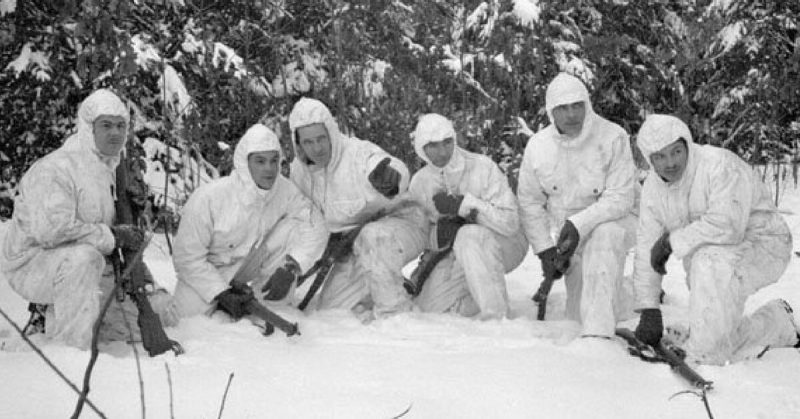Some men are driven by a need to prove themselves to their fathers. One took it to an extreme, however, by single-handedly liberating an entire city – with just one eye.
Léo Major was born on January 23, 1921, in New Bedford, Massachusetts to French-Canadian parents. That September, his father’s work contract ended, and they moved back to Montréal, Québec.
Major had a terrible relationship with his old man, made worse by the hardships of the Great Depression in a tough neighborhood. Twelve more siblings would follow, but as the oldest, he was singled out for physical and psychological abuse. His father often accused him of being a lazy wimp and a coward who would never succeed at anything.
Fed up, he left home at 14 to live with an aunt. Wanting to prove his father wrong, Major joined the Canadian Army in 1940. He was just 19.
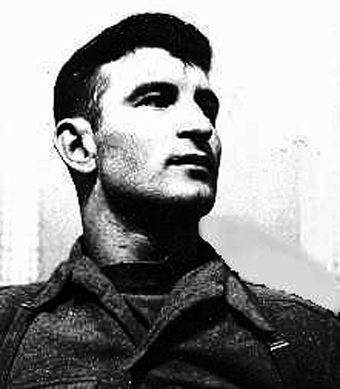
He started with the Royal 22nd Regiment. However, he wanted to go to Europe immediately, so he transferred to the Régiment de la Chaudière. This was the Primary Reserve Infantry Regiment of the 2nd Canadian Division’s 35 Canadian Brigade Group. It was there he, a private, became friends with Corporal Willy Arsenault.
Major always said he never had a hero, growing up, but that changed when he met Arsenault. The Corporal did whatever he could for his friends, and thought nothing of risking his life for them. Inspired, Major worked hard to master commando skills, sharp shooting, and boxing.
In Normandy, France on June 6, 1944, the Canadians landed on Juno Beach. While the Germans pinned the rest down at the shore, Major and five others rushed through a hail of bullets, bombed out a bunker wall, and took 12 surviving Germans prisoner.
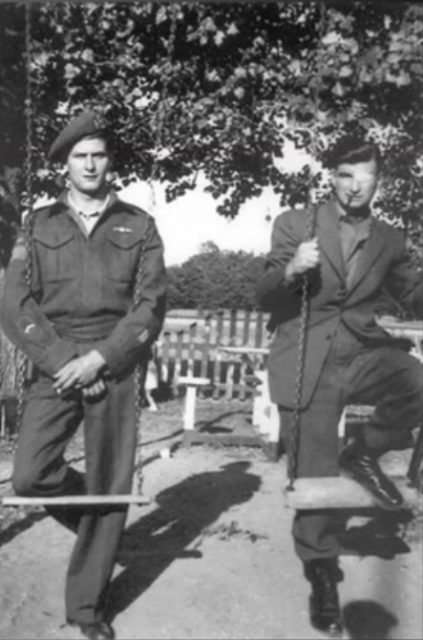
Later that afternoon, he and another man were on a reconnaissance mission when they found three Germans riding in a Hanomag armored vehicle. They killed one and forced the others to surrender. The car contained communications equipment and secret army codes.
On June 24, Major and four others were out scouting during the Battle of Caen when they met a patrol of five soldiers of the 1st SS Panzer Division. The Canadians opened fire and killed four. However, one threw a phosphorous grenade which almost took out Major’s left eye.
The doctors wanted to send him back to England, but Major refused. He claimed that as a sniper, he only needed one eye, so they let him stay. Although he was not blinded and later recovered limited vision, he wore an eye-patch for the rest of the war because he enjoyed looking like a pirate.
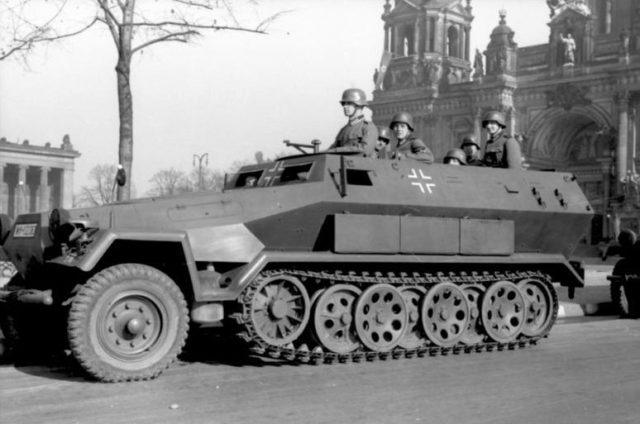
He used it to good effect near midnight on October 30 at the Battle of the Scheldt just south of the Dutch border. Fifty new British recruits had gone missing, so he set out alone to find them. At around 6:30 the following morning, he came upon their equipment scattered outside a village house, so he quietly went in.
Inside was a sleeping German officer. Looking out a window, he saw more Germans sleeping in ditches. It was clear the British had been taken prisoner and were elsewhere. He aimed his gun at the officer, woke him up, and told him to gather his men. There were a hundred of them, but when their commander ordered them to give up and follow Major, they obeyed.
As they crossed a field, however, a nearby German unit opened fire, killing several of their own. Major’s gun was no longer necessary. The rest ran… with him. Fortunately, an Allied Sherman tank showed up and cheerfully asked Major if he needed help.
The tank took care of the incoming Germans, allowing Major to bring back 93 live POWs. He refused a Distinguished Conduct Medal (DCM) for his efforts. It meant he would receive the award from Field Marshal Bernard Law Montgomery, whom Major hated until the day he died (in 2008). He considered the man incompetent and blamed him for the deaths of many of his friends.
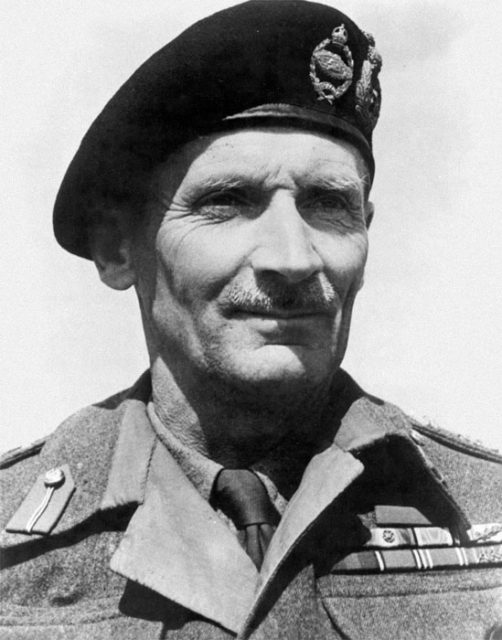
February 27, 1945, found him outside the German town of Keppeln. A Tiger tank had been taken out, and he was helping the regiment chaplain load corpses onto a truck. They drove off and onto a mine – killing both chaplain and driver.
Major was taken to a field hospital with a sprained ankle, four broken ribs, and his back broken in three places. He again refused to be sent back to England. After a week, he absconded and found shelter with a Dutch family he had befriended.
Major hated bullies with a passion, and to him, that is exactly what the Nazis were. He could not fight them in England, so by March 29, he was back with his unit despite protests from his doctors.
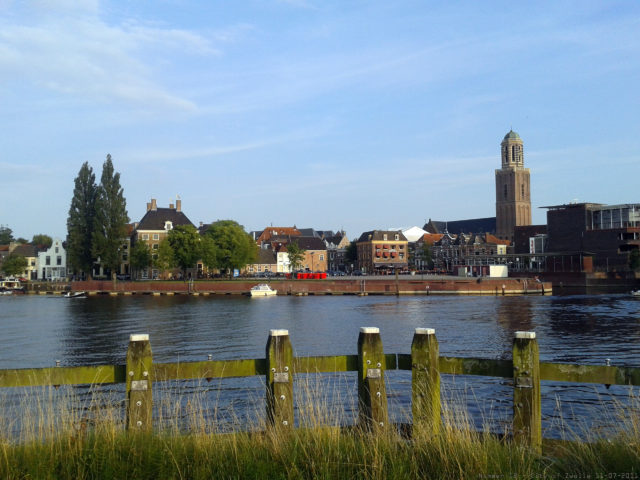
On April 13, the Chaudières were amassed outside the Dutch city of Zwolle. Population: about 50,000 (excluding Germans). The city was to be bombarded the next day, so Major and Arsenault volunteered to do a reconnaissance mission to spare as many residents as possible.
They came upon the Van Gerner Farm where the family tried to warn them about a German outpost on the city’s outskirts. They could not understand each other – which was how Arsenault was killed.
Major killed two of the attackers, but the rest got away. Entering the city alone, he ambushed another German car. The driver was terrified of the one-eyed man and agreed to take him to his commanding officer – in a bar.
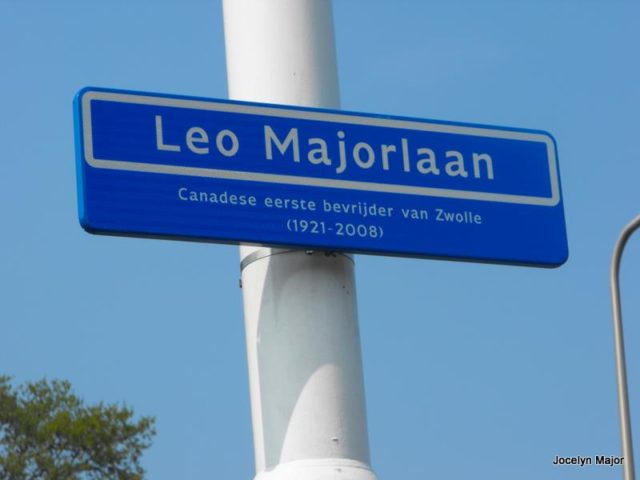
Fortunately, the officer spoke French, so Major told him the Canadians were already in the city and would level it in the morning. The officer was no fan of Hitler and understood. As a gesture of goodwill, Major let the driver go and even returned the man’s gun before leaving.
Then he ran around the town firing at random patrols and throwing grenades where they would make the most noise with the least damage. He even attacked the SS office, killing four and putting it down to excellent night vision due to his one eye.
The local resistance came out, so he asked them to help carry his friend’s body back to his regiment. When the Canadians entered the town, the locals cheered them hysterically. The Germans were gone.
When they offered him a second DCM, he accepted. Zwolle named an entire street after him and made him an honorary citizen. Imagine what his father must have said after that.
